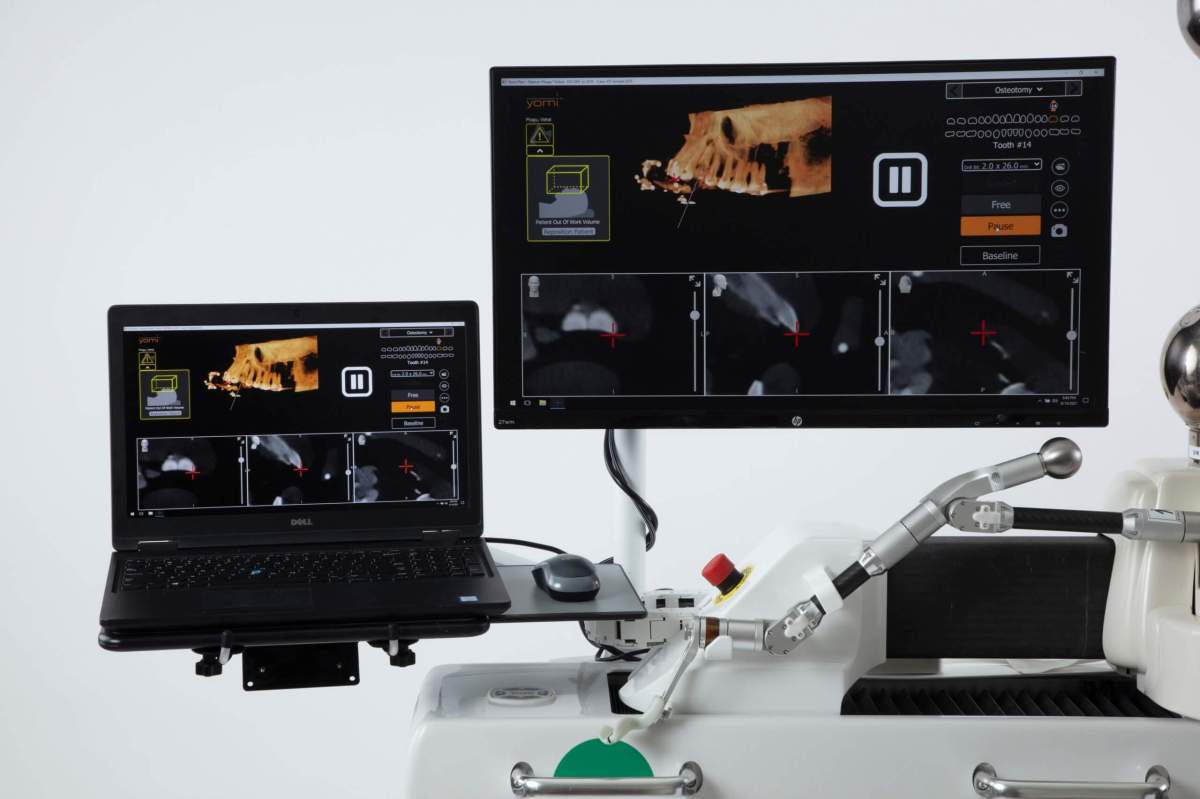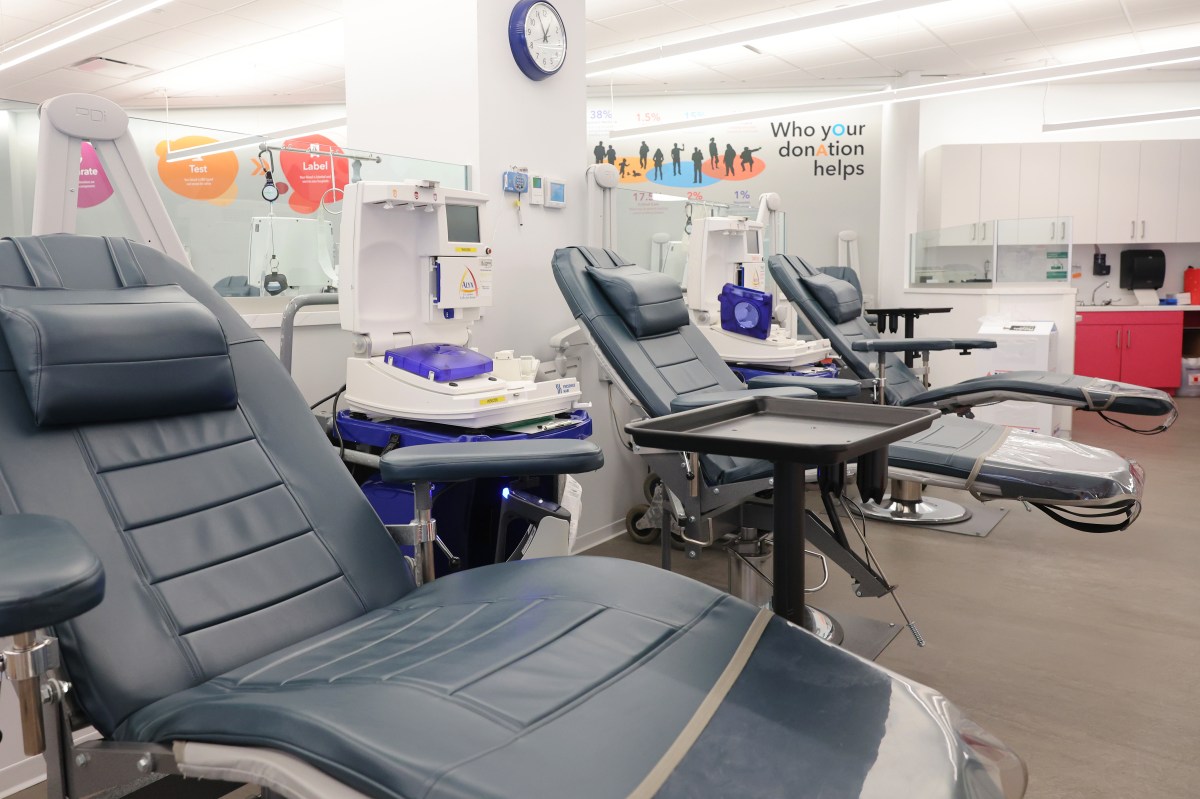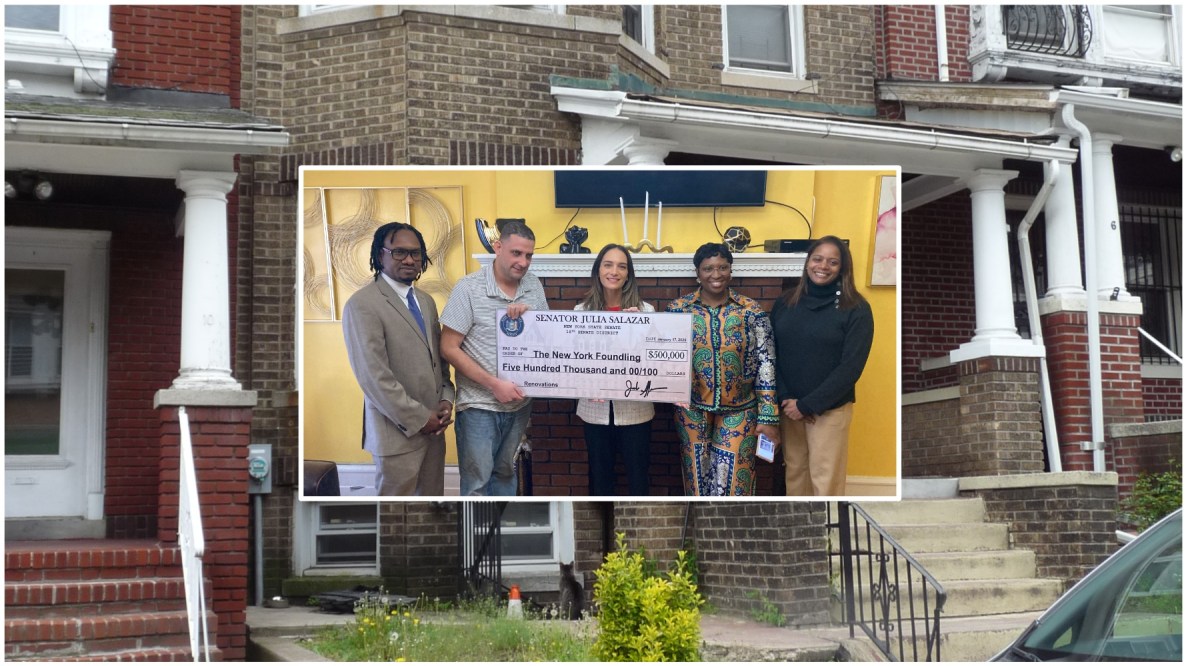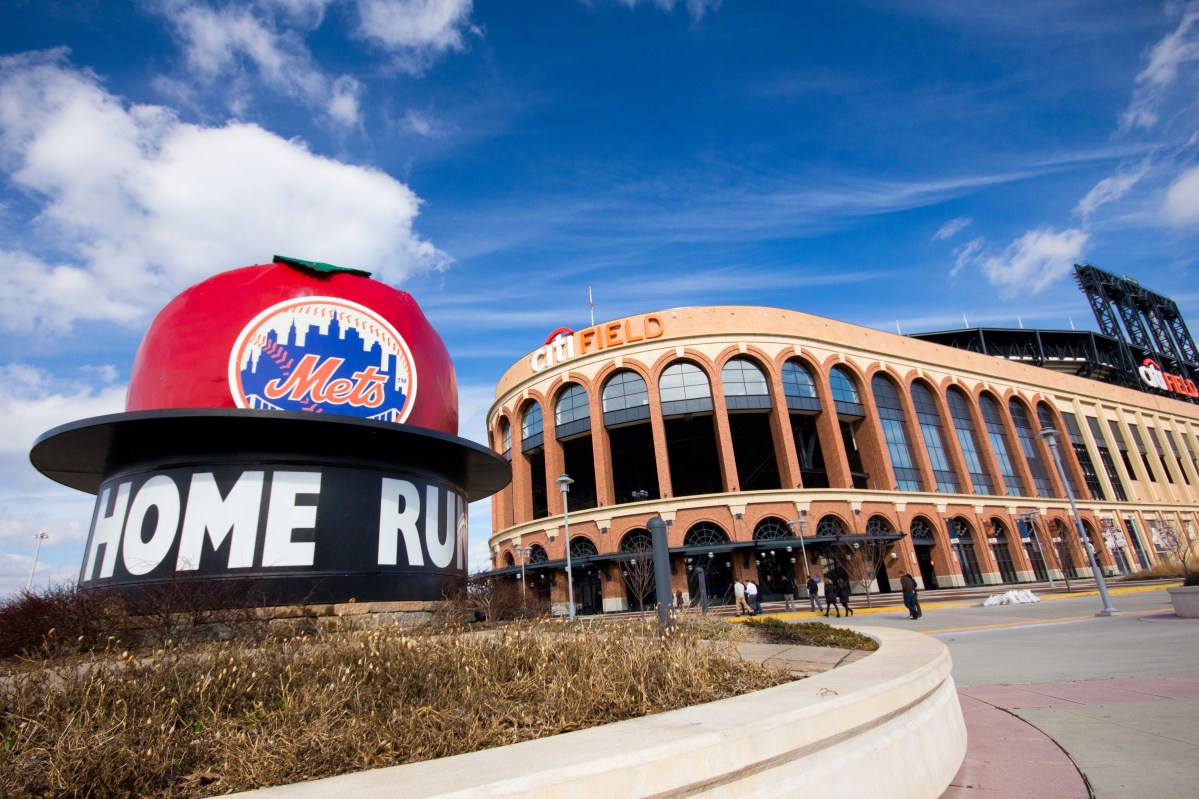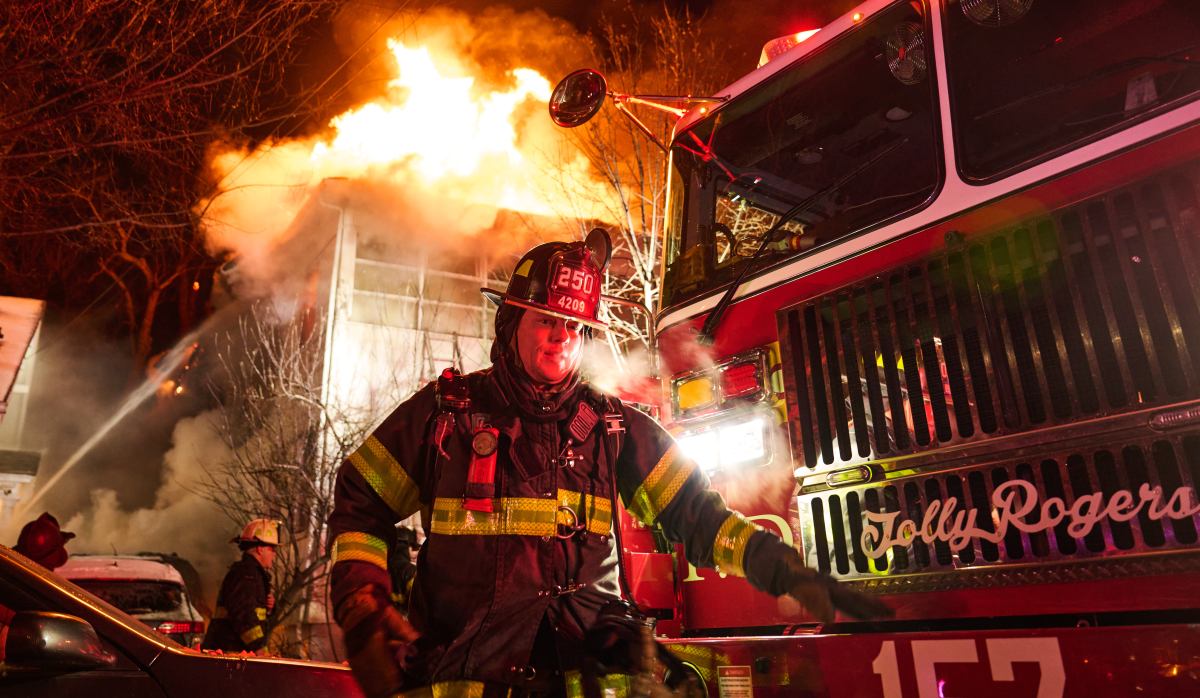A new robotics-driven tool is changing what we know about cosmetic dentistry, from the early phases of surgery planning through the recovery process.
The YOMI Robotic Dental System works essentially as a GPS navigational system that assists doctors in performing dental implant procedures. Created by Neocis, Inc., the first-ever dental robotics company, the YOMI is the first dental robot to be cleared for use by the U.S. Food and Drug Administration (FDA).
The YOMI enables doctors to map out a customized treatment plan for each individual patient while monitoring any movements the patient makes during the procedure. The YOMI adjusts as needed to ensure that the procedure goes smoothly while the doctor maneuvers the robotic arm to perform the treatment. As a result, what was once a potentially weeks-long endeavor can be completed in one session.
One doctor in particular, Dr. Jay Neugarten, has jumped onto the opportunity to incorporate the YOMI into his practice. He first of the technology in late 2019-early 2020, when the FDA only approved the early phases of its uses.
“[Neocis] reached out to us saying, ‘We think this would be a good fit for your practice.’ When I looked at it, it was very engaging to me, but it was not there for me yet meaning it had only been approved at that point for three implants. If someone missing a whole row of teeth in one jaw, that aspect was not yet approved,” said Dr. Neugarten. “Once it became FDA approved, which was the summer of 2020, I was ready to go.”
Dr. Neugarten’s practice, the New York Center for Orthognathic and Maxillofacial Surgery, focuses on oral and maxillofacial surgery, covering a number of procedures below the gum line, including implant surgery, bone-grafting construction, and corrective jaw surgery. Dr. Neugarten says that implant surgeries in particular have four main methods: freehand, surgical guides, augmented freehand, and dynamic navigation. The YOMI, Dr. Neugarten says, helps particularly in the dynamic navigation method of surgery.
“The kind of analogy I give with this kind of technology is you create a plan and a workflow exactly on the patient. For instance, let’s say you want to get on a train from New York to California, and there’s not one train that goes from New York to California, you need multiple trains. You go in and make a plan, I’m gonna take this train from New York to Philly, Philly to Des Moines, Iowa, from Des Moines, Iowa to Vegas, and then from Vegas to LA. You get on that train and the train basically does all the movements for you, you just have to know when to get on and off,” said Dr. Neugarten. “What I’m doing in robotic dentistry is that: I do a plan all beforehand, lay it out on the screen exactly for the patient. When I use the robot on the patient, for me the map is already there, I plan exactly where I need to be. Once I dial that in on the plan, when I use the YOMI, my hand is going up and down, like the train going back and forth — I cannot go left or right, I cannot deviate.”

Dr. Neugarten’s patients have the option to be awake or asleep during their procedures with the YOMI, depending on their comfort level. He also noted that he often makes few or no incisions at all during the surgery.
Dr. Neugarten has seen first-hand how well the YOMI has helped in terms of patient recovery. Though he says that his line of work isn’t particularly painful compared to other aspects of dentistry, Dr. Neugarten’s patients do even better in their recovery.
“Nobody likes going to the dentist, it’s an anxiety-inducing event. It’s not pleasurable. But when we can use this technology, and patients go home with Advil or Tylenol with little to no downtime at all, it really changes a lot,” said Dr. Neugarten. ” I did a surgery on a man who had severe anxiety, gag reflex beyond, couldn’t go to the dentist, he lost all of his teeth. I didn’t have to put one stitch in him. If you saw him before and after, you wouldn’t think he had surgery. He came in at 11;30 in the morning and was having eggs in the afternoon. The fact that he’s able to resume normal life and have normal activity, I had to pinch myself with that one.”
Dr. Neugarten notes that patients do have to have a soft non-chew diet for a period of time after the surgery, but the overall recovery time has been like night and day.
“I love this technology, for today and for tomorrow. The ability to introduce robotics into the maxillofacial space where you think about all the other disciplines of medicine, robotics in the world of surgery and medicine has taken a foothold on improving accuracy, improving predictability and providing better outcomes for our patients,” said Dr. Neugarten. “So this technology is something that was so endearing to me on the full arch piece but also to be able to innovate, educate and develop on those systems to make care better for our patients is something that draws me, drives me and is really what patients want, need and demand.”
For more information on Dr. Neugarten and his practice, visit www.nycoms.com/jay-neugarten-dds-md.



